Choose your municipality
There are several municipalities connected with The Green Menu, check whether your municipality is participating or choose for the national page.
Choose you menu card
There are several different menu cards. Choose a buildingtype down below and instantly start with the sustainable options!

In most buildings, heat is distributed through pipes and radiators. But that is just one of many possibilities. For instance, it can also be done via floors and walls, and with infrared panels. With older buildings, however, you must be careful that a new system does not affect the valuable parts of the interior or construction. In addition, energy-efficient systems often require better insulation to achieve high efficiency.
Tip: if you want to spread the heat intelligently, think about the extent to which you use the rooms. This allows you to heat selectively and possibly create ‘buffer zones’.
Underfloor heating is a comfortable and efficient way of heating. Thin pipes are laid in the floor through which hot water flows. The water gives off its heat to the floor, which in turn radiates heat itself. The room is heated uniformly. This is in contrast to traditional radiators, where the heat flow is different and heated air often remains suspended under the ceiling. Underfloor heating is a form of low-temperature heating, where the central heating only has to heat the water up to a maximum of 55 degrees. This saves energy consumption.
Underfloor heating can be applied in wet and dry construction. In wet construction, pipes are in a layer of cement that needs to harden. In dry construction, thin plates are used in which the pipes are applied. This system is thinner and lighter and sometimes offers opportunities with historic floors because it is reversible.
Underfloor heating is a comfortable and efficient way of heating. Thin pipes are laid in the floor through which hot water flows. The water gives off its heat to the floor, which in turn radiates heat itself. The room is heated uniformly. This is in contrast to traditional radiators, where the heat flow is different and heated air often remains suspended under the ceiling. Underfloor heating is a form of low-temperature heating, where the central heating only has to heat the water up to a maximum of 55 degrees. This saves energy consumption.
Like underfloor heating, wall and ceiling heating consists of thin tubes located just below the surface. These are installed on the inside of the wall or ceiling. By allowing hot water to flow through them, the heat is emitted to the wall or ceiling, giving off a pleasant radiant heat. A combination with insulation on the inside of the wall is required to prevent the radiant heat from radiating to the outside as well.
Like underfloor heating, wall and ceiling heating consists of thin tubes located just below the surface. These are installed on the inside of the wall or ceiling. By allowing hot water to flow through them, the heat is emitted to the wall or ceiling, giving off a pleasant radiant heat. A combination with insulation on the inside of the wall is required to prevent the radiant heat from radiating to the outside as well.
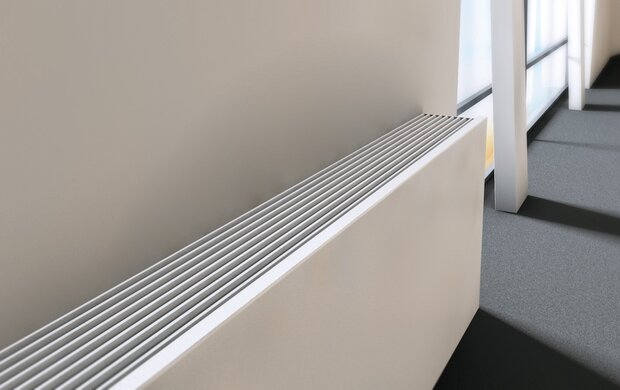
Low-temperature radiators (also known as LT radiators or LT convectors) heat with central heating water at a significantly lower temperature than conventional radiators. Depending on the situation, the central heating system only needs to heat the water up to 55 degrees Celsius instead of up to 70-90 degrees. This saves you energy consumption. It is also an improvement in comfort, as low-temperature radiators heat your home evenly and constantly. Good building insulation and the switch to low-temperature heating are an important prerequisite for a heat pump.
Low-temperature radiators (also known as LT radiators or LT convectors) heat with central heating water at a significantly lower temperature than conventional radiators. Depending on the situation, the central heating system only needs to heat the water up to 55 degrees Celsius instead of up to 70-90 degrees. This saves you energy consumption. It is also an improvement in comfort, as low-temperature radiators heat your home evenly and constantly. Good building insulation and the switch to low-temperature heating are an important prerequisite for a heat pump.
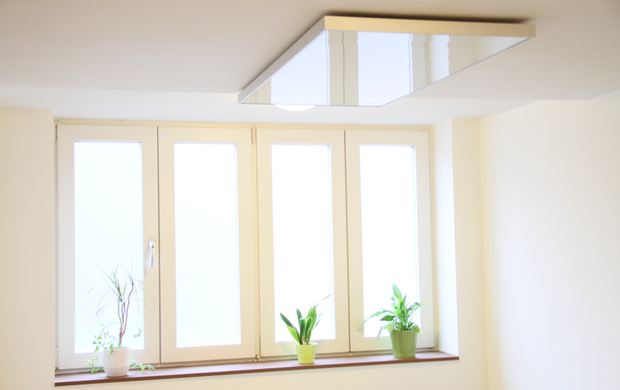
Infrared, unlike other systems, does not heat via water. The infrared panels work just like the sun with radiant heat. This means that it heats floors, walls, people and objects, which then give off their heat to the air. Although electricity heating is more costly than gas, infrared heating can still be cheaper. That's because you heat focused and don't need to heat unnecessary space to achieve the desired comfort. Heating with infrared panels is an environmentally friendly choice as a side heating and in rooms that are occasionally and unilaterally used. Useful for forts that don't use every space equally intensively. The panels also warm up quickly. Mind you, if they're on all the time, it's going to be more expensive than heating with gas.
If you have a room that you often only need to heat temporarily, infrared mats may be of interest to you. These mats can be laid under the carpet, for example, have a very short heating time and give off heat evenly. Infrared mats can also be used under tiles, laminate, carpet, wood, parquet, vinyl, PVC, cork, linoleum and stone. Always check whether the type of floor covering is suitable for infrared heating.
Infrared, unlike other systems, does not heat via water. The infrared panels work just like the sun with radiant heat. This means that it heats floors, walls, people and objects, which then give off their heat to the air. Although electricity heating is more costly than gas, infrared heating can still be cheaper. That's because you heat focused and don't need to heat unnecessary space to achieve the desired comfort. Heating with infrared panels is an environmentally friendly choice as a side heating and in rooms that are occasionally and unilaterally used. Useful for forts that don't use every space equally intensively. The panels also warm up quickly. Mind you, if they're on all the time, it's going to be more expensive than heating with gas.
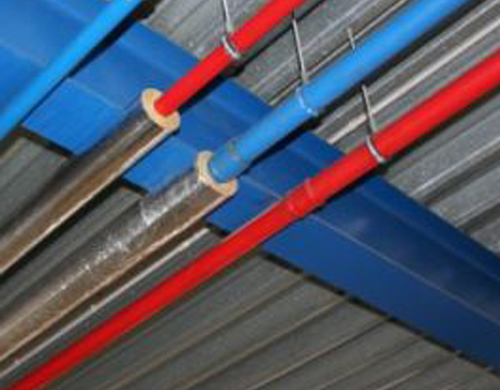
Heating pipes often lose a lot of heat. By insulating these pipes in the unheated areas, such as crawl spaces, (central) heating cabinets and the attic, the heat is only dissipated where it is needed. This saves up to 2 euros on an annual basis (= 3 m3 gas) per metre of insulated heating pipe. It is often easy to insulate pipes yourself, but the pipes must remain easily accessible. It is important not to insulate drinking water pipes in order to avoid the risk of legionella.
Heating pipes often lose a lot of heat. By insulating these pipes in the unheated areas, such as crawl spaces, (central) heating cabinets and the attic, the heat is only dissipated where it is needed. This saves up to 2 euros on an annual basis (= 3 m3 gas) per metre of insulated heating pipe. It is often easy to insulate pipes yourself, but the pipes must remain easily accessible. It is important not to insulate drinking water pipes in order to avoid the risk of legionella.
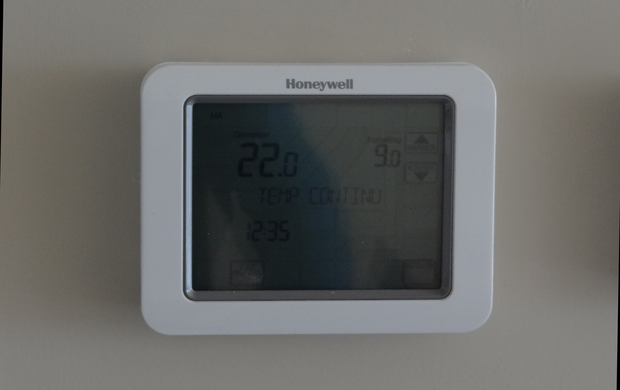
With zone control, the temperature can be set separately for each room. For example, you can turn the heating on in one room and leave it off in the other. This is done by installing an electrically operated radiator button on each radiator. This system can be operated via an app (e.g. on your smartphone) or a control panel. Zone control provides more comfort, energy savings and works well together with a smart thermostat.
With zone control, the temperature can be set separately for each room. For example, you can turn the heating on in one room and leave it off in the other. This is done by installing an electrically operated radiator button on each radiator. This system can be operated via an app (e.g. on your smartphone) or a control panel. Zone control provides more comfort, energy savings and works well together with a smart thermostat.
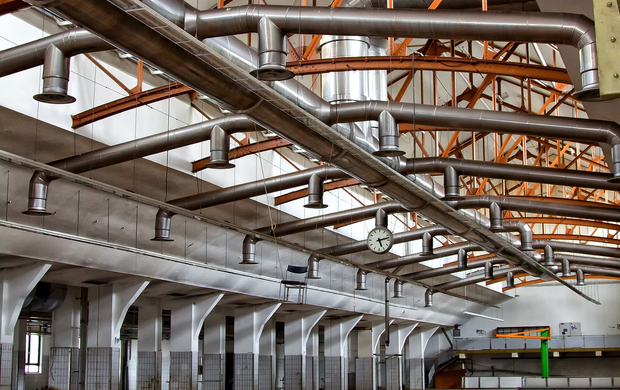
VRV- en VRF-systemen bieden een efficiënte manier om luxe woonhuizen en grotere panden te verwarmen en gelijktijdig te koelen. Dit type installatie, waarbij één buitendeel aan meerdere binnendelen wordt gekoppeld, dankt zijn naam (Variable Refrigerant Volume/Flow) aan het variabele volume aan koudemiddel dat erin zit. Het volume aan koudemiddel kan per binnendeel gevarieerd worden, waardoor in elke ruimte de temperatuur afzonderlijk bepaald wordt. Bovendien kan met VRV/VRF energie tussen verschillende ruimtes uitgewisseld worden.
VRV- en VRF-systemen bieden een efficiënte manier om luxe woonhuizen en grotere panden te verwarmen en gelijktijdig te koelen. Dit type installatie, waarbij één buitendeel aan meerdere binnendelen wordt gekoppeld, dankt zijn naam (Variable Refrigerant Volume/Flow) aan het variabele volume aan koudemiddel dat erin zit. Het volume aan koudemiddel kan per binnendeel gevarieerd worden, waardoor in elke ruimte de temperatuur afzonderlijk bepaald wordt. Bovendien kan met VRV/VRF energie tussen verschillende ruimtes uitgewisseld worden.
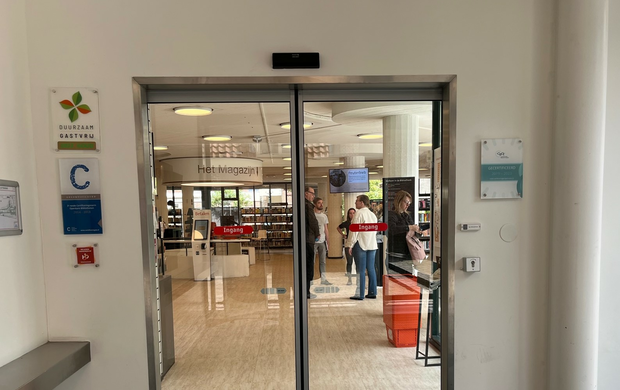
A lot of heat is lost at entrances when visitors enter the building and the doors remain open. An air curtain is a simple solution that can greatly reduce the entry of cold air. An air curtain creates an invisible climate separation between inside and outside and prevents up to 80% energy loss.
A lot of heat is lost at entrances when visitors enter the building and the doors remain open. An air curtain is a simple solution that can greatly reduce the entry of cold air. An air curtain creates an invisible climate separation between inside and outside and prevents up to 80% energy loss.
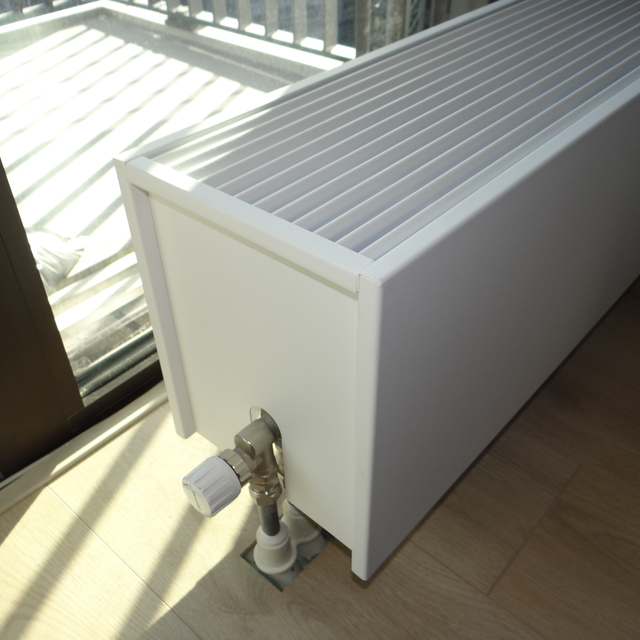
If your radiator is in need of replacement and low temperature radiators are not yet an option, consider replacing them with convectors. Cold air is sucked in at the bottom of the convector and rises as it is heated. Convectors are often smaller than radiators, heat up the room faster and, in some variants, convectors can also cool. In addition to the normal convectors, there are also low temperature convectors that can save 25% on the energy bill.
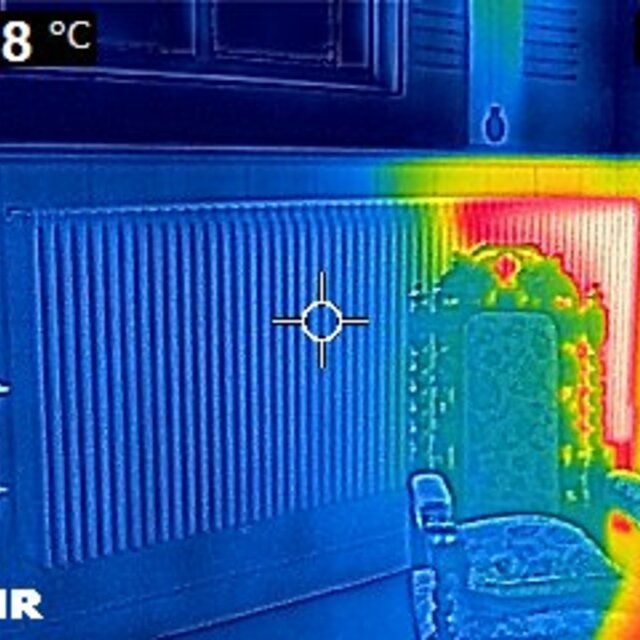
75% of the heating systems are not set properly. This causes hydronic imbalance, which means that the hot water is not distributed well throughout the building, which means that it cannot be heated uniformly, resulting in energy loss and discomfort.
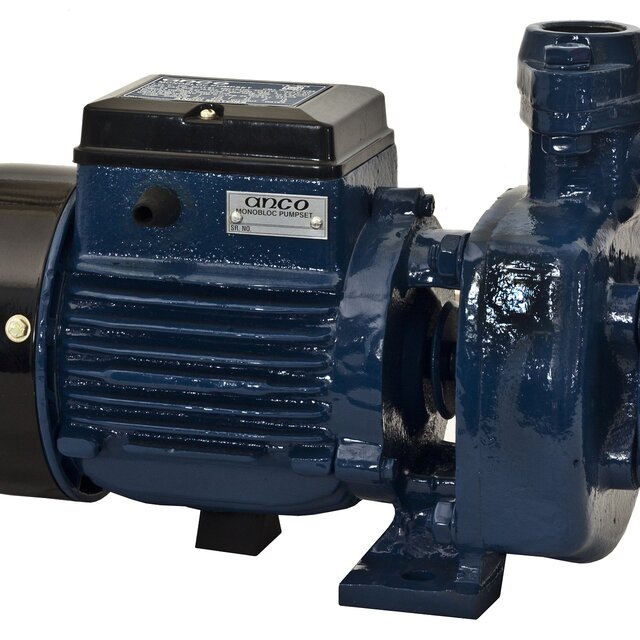
If you have underfloor heating and/or radiators, chances are you still have an old B or C label circulation pump. The circulation pump unobtrusively – you can barely hear it – pumps (hot) water around at the same speed throughout the year. This means that energy consumption can really add up; sometimes up to 5-10% of total energy consumption. An A label pump has three different settings and the pump adjusts its speed depending on the power required. This can save a lot in energy costs. Especially if your circulation pump is up for replacement soon, it will pay off to look at a modern A label pump.
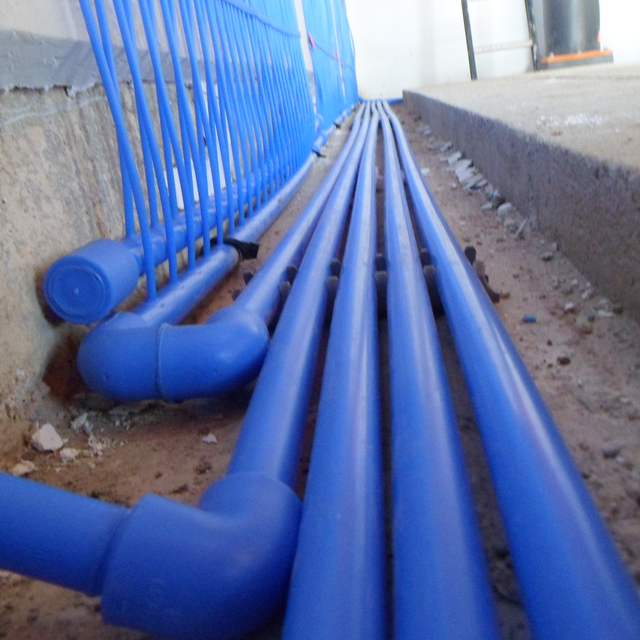
Ultra-low-temperature heating (also called ULT heating, capillary heating or climate mats) has the same principle and the same advantages and disadvantages as low-temperature heating. However, the big difference is that the tubes of ULT heating have a smaller diameter (up to 10 mm) and are made of plastic instead of copper. This fine structure allows for heating with water at an even lower temperature, around 30 degrees. ULT heating is supplied in ready-made climate mats that can be used in the floor as well as in the walls and ceiling. This is often a big challenge in buildings with historical value.